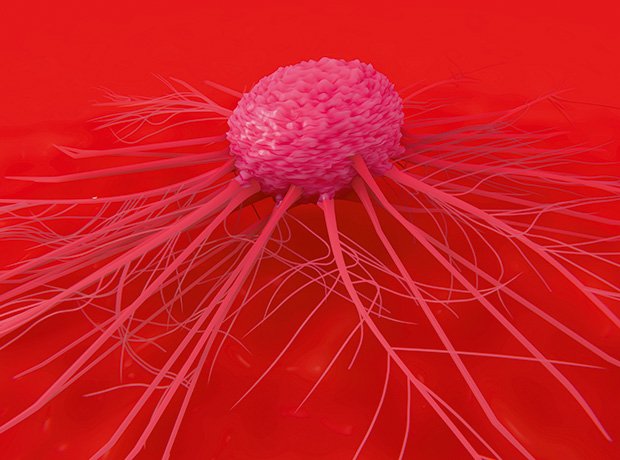CatalYm highlights GDF-15 as main anti-PD-1 resistance factor

Data underlines the significance of the company’s anti-GDF-15 antibody candidate, visugromab
CatalYm has announced that it has published preclinical data in Nature Communications relating to the role of growth differentiation factor-15 (GDF-15) in the resistance of tumours to current immunotherapy.
The data further underlines the therapeutic significance of the company’s proprietary anti-GDF-15 antibody candidate, visugromab, which is being researched in advanced phase 2 studies.
This research is the first to describe a mechanistic link between tumour-produced GDF-15 and the critical LFA-1/ICAM-1 cell adhesion axis. The interaction between LFA-1/ICAM-1 is a crucial stage in the infiltration of T cells into the tumour environment. It is also necessary for the extravasation of T cells from the blood vessels into the surrounding tissue.
GDF-15 is chiefly known for its function in feto-maternal tolerance – an immunosuppressive system that protects the foetus from a mother’s immune system.
Researchers highlighted that GDF-15 blocks LFA-1-dependent T cell recruitment into the tumour microenvironment, a prerequisite for responses to anti-PD-1/-L1 treatment, along with other immunotherapeutic strategies.
The emerging data adds further understanding of the wider discoveries from CalaYm’s GDFather trials, which focused on visugromab in combination with the anti-PD-1 inhibitor, nivolumab, among patients with advanced solid tumours.
Results from the phase 1 trial were revealed last year and showed a sound safety and tolerability profile, as well as significant clinical benefit to last-line tumour patients who were anti-PD-1/-L1 relapsed or refractory.
Meanwhile, interim data from the phase 2 trial continued to demonstrate a very good safety and tolerability profile and promising early responses in major cancer indications, including non-small cell lung cancer, hepatocellular carcinoma and bladder cancer.
Professor Dr Jörg Wischhusen, co-founder of CatalYm and professor at the University Hospital/Julius-Maximilians-University Würzburg, explained the significance of the findings: “Our publication is the first to demonstrate the effect of tumour-derived GDF-15 on the LFA-1/ICAM-1 axis. As this axis orchestrates cell-cell-interactions that are essential for immune-mediated tumour control, GDF-15 likely contributes to immune escape across many different tumours and therapies”
Dr Christine Schuberth-Wagner, chief scientific officer at CatalYm, concluded: “Unravelling the details of the underlying biologic pathways is crucial to develop effective therapeutic approaches that can reverse tumour-mediated immunosuppression resulting in drug resistance, one of the major challenges in cancer medicine.
“We are committed to rapidly advancing our phase 2 evaluation of visugromab on our mission to expand the treatment horizon for current and future immunotherapies.”
Source link
#CatalYm #highlights #GDF15 #main #antiPD1 #resistance #factor